Sandeep Shrivastava, Datta Meghe Institute of Medical Sciences, India
The management of complex wounds is a huge challenge. It is associated with necrosis, infections and tissue losses. It need intense care and substantial cost. These cares include surgical and pharmaceutical interventions associated with risks, side effects and morbidity. The e [....] » Read More
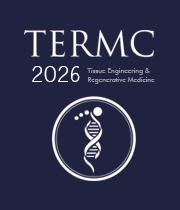
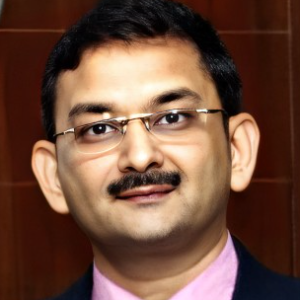
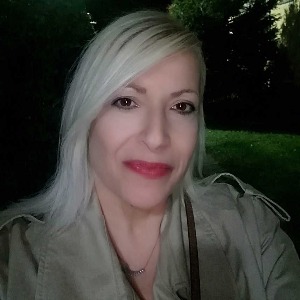


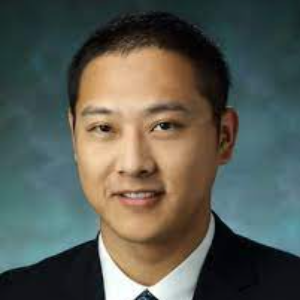
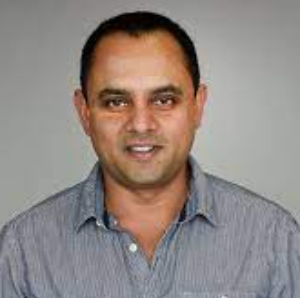




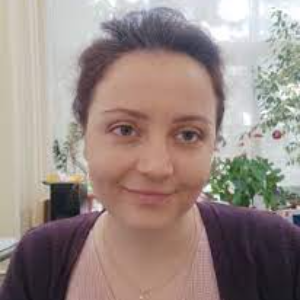
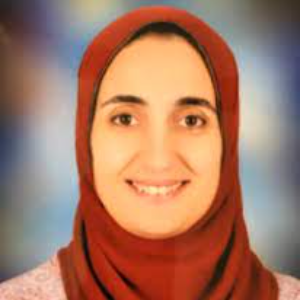

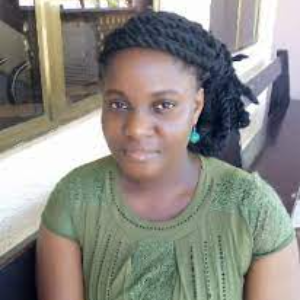




Title : Electroactive polymer-based smart scaffolds for tissue engineering and regenerative medicine
Federico Carpi, University of Florence, Italy
Cellular scaffolds are a critical component of any system for tissue engineering and regenerative medicine. So far, poor attention has been focused on scaffolds that can mimic the extracellular matrix not only statically, but also dynamically, especially for tissues that have to [....] » Read More
Title : Open abdomen and negative pressure wound therapy for acute peritonitis especially in the presence of anastomoses and ostomies
Orestis Ioannidis, Aristotle University of Thessaloniki, Greece
Acute peritonitis is a relatively common intra-abdominal infection that a general surgeon will have to manage many times in his surgical carrier. Usually it is a secondary peritonitis caused either by direct peritoneal invasion from an inflamed infected viscera or by gastrointest [....] » Read More
Title : Mechanical modulation of cell response in 3D bioprinted hydrogels
Ruben F Pereira, University of Porto, Portugal
The fabrication of human tissues and organs exhibiting structural, mechanical and biological function remains a major challenge due to their structural complexity, multicellular composition, spatial heterogeneity of the ECM and, in most cases, the presence of a vascular network. [....] » Read More
Title : Patenting bioprinting innovations: An australian perspective
Pratap Devarapalli, University of Tasmania, Australia
Three-dimensional (3D) Bioprinting also known as 3D biofabrication is an additive manufacturing process that involves printing of biological material in the form of 3D structures such as tissues, scaffolds and organs. The applications of 3D Bioprinting range from personalized 3D [....] » Read More
Title : Clinical application and value of a new type of double-layer artificial dermis in the treatment of skin and soft tissue defects at the tip of fingers and toes
Haidong Liang, The Second Affiliated Hospital of Dalian Medical University, China
Finger tip skin and soft tissue defect is one of the most common hand injuries. Although many professional literatures have introduced and described its surgical treatment methods in detail,.treatment methods can not be widely developed because of their high requirements on micro [....] » Read More
Title : Transcriptional elements in the MMP13 gene: Can we target it in osteoarthritis?
Sara Ibrahim AlSalhi, University of Liverpool, United Kingdom
MMP13 is a primary catabolic factor involved in cartilage degradation through its ability to cleave type II collagen. Transcriptionally, MMP13 is regulated by 2 main elements; proximal promoter and distal enhancers. The aim of the study is to identify transcriptional elements tha [....] » Read More
Title : Cellular Mechanism in support of perinatal Amnion Epithelial Stem Cell Transplantation without Immunosuppression
Roberto Gramignoli, IRCCS Gaslini Institute, Italy
The full-term placenta is a non-controversial and readily available source of stem cells for regenerative medicine. Our group was the first to isolate and validate regenerative effects offered by human amnion epithelial cells (hAEC), correcting congenital metabolic disorders. In [....] » Read More
Title : Design of 3D bioengineered personalized scaffolds to potentiate bone ingrowth and angiogenic network for oral tissues reconstruction
Christiane Salgado, Institute of Research and Innovation in Health(i3S), Brazil
Population ageing (>70 years) and associated risk factors (alcohol addiction and smoke - 85%) increase the number of oral cancer (more frequently, head and neck squamous cell carcinoma - HNSCC) cases requiring large bone defects repair, raising the need for bone and oral mucos [....] » Read More
Title : Biomimetic 3D bioprinted scaffold for sutureless corneal regeneration
Neha Ashok Waghmare, Pandorum Technologies Pvt. Ltd, India
Cornea is the first transmitting layer of the eye, responsible for 75% of its refractive power. Damage to the cornea can cause blindness, which affects over 12 million people worldwide. While corneal transplant remains the sole treatment option to restore vision in many severe ca [....] » Read More
Title : Bioactive snail mucus promotes cell attachment and mechanical properties of porous agarose 3D scaffold for tissue engineering applications
Victor A, Indian Institute of Science, India
Snail mucin, obtained from snails, is a complex substance that has been recounted to contain glycosaminoglycans (GaGs), allantoin, hyaluronic acid, elastin, and glycolic acid. Some of these constituents, especially GaGs, are essential for reducing cartilage deterioration and infl [....] » Read More
Title : In situ regeneration needs to establish a precise cellular microenvironment to restore renal function
Shrikant L Kulkarni, Kulkarni Clinic, India
As the patients with diabetes and obesity continue to grow, the trend of increasing prevalence of ckd will not to end. The current therapeutic option for ckd is ineffective. In spite of having, adequate reserve of cells and mechanism to repair the damaged tissue is replaced by fu [....] » Read More
Title : Predicting performance of nanofibrous scaffolds for skin tissue engineering: Deep learning compared to machine learning regression models
Dina Ahmed Salem, Misr University for Science and Technology, Egypt
On a medical side, lot of attention is directed nowadays to the field of Tissue Engineering and Regenerative Medicine. Skin Tissue Engineering provides a significant improvement to wounds healing with a remarkable effect on scars formation. Skin components can be rebuilt with saf [....] » Read More
Title : Smart hydrogel films for wound monitoring and healing
Diana Stan, Titu Maiorescu University, Romania
It is estimated that up to 2% of the population in developed countries will suffer from a chronic wound in their lifetime. This number will most likely increase due to the fact that the life expectancy increases and the world population with chronic diseases, such as diabetes and [....] » Read More
Title : Therapeutic applications of mesenchymal stromal cells in COVID-19: Promising evidence from in vitro results.
Panagiotis Mallis, Hellenic Cord Blood Bank, Greece
Background: Severe acute respiratory syndrome coronavirus 2 (SARS-CoV-2) is responsible for the coronavirus disease 2019 (COVID-19) pandemic, which was initiated in December 2019. COVID-19 is characterized by a low mortality rate (< 6%); however, this percentage is higher [....] » Read More
Title : Tissue Engineering Approach to Decrease Complications after Surgical Treatment of Pressure Injuries in Spinal Cord Injured Patients
Alessandro Bertolo , Swiss Paraplegic Research, Switzerland
Pressure injuries (PI) are chronic wounds caused by increased pressure over a prolonged period of time. Interruption of blood circulation leads to a shortage of oxygen, nutrient supplies, accumulation of toxic by-products and tissue necrosis. Patients with spinal cord injury (SCI [....] » Read More
Title : Recellularized organs as ex vivo models for colorectal cancer metastasis
Onwuegbuchulam Olachi Angelica, University Hospital Muenster Germany, Germany
Colorectal cancer (CRC) is the second leading cause of cancer-related mortality worldwide. The main factor leading to mortality is the development of metastasis, mostly occurring in the liver. Reasons why the liver is the main metastatic site for CRC and which factors lead to inv [....] » Read More
Title : RADA16-I based scaffolds for wound healing and regenerative medicine
Deptula Milena, Medical University of Gdansk, Poland
In regenerative medicine there is a strong need for therapeutic delivery systems and tissue scaffolds. Additionally, wound healing complications affect thousands of people each year. The biggest problem constitute chronic wounds, e.g. diabetic ulcers. Currently available methods [....] » Read More
Title : Hydrogels reinforced with TiO2-NPs for wound healing application
Adnan Alizadeh Naini, Shiraz University, Iran (Islamic Republic of)
Full-thickness wounds are a growing problem due to their high costs and complications. Despite recent advances in wound healing, several systemic and local factors can impair the physiological healing process. This article briefly examines the role of titanium dioxide nanoparticl [....] » Read More
Title : Electrical stimulation in nerve tissue engineering. Multifactorial analysis in vitro
Yusser Olguin, Federico Santa Maria Technical University, Chile
Electrical stimulation in nerve tissue engineering is a way to promote cell differentiation, which experimentally demonstrates efficiency and characteristics dependent on the form of stimulation. Considering that the materials used to develop scaffolds usually incorporate chemica [....] » Read More